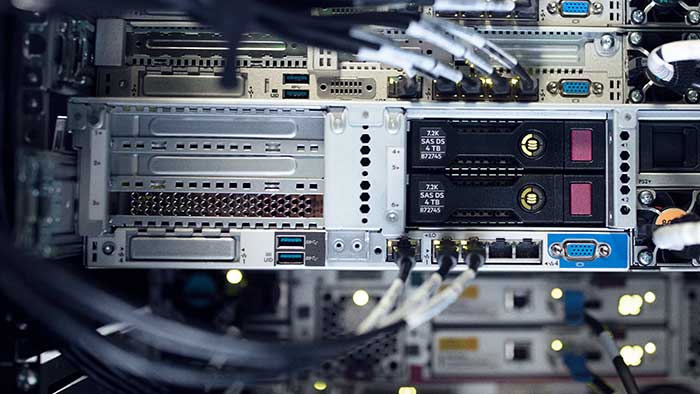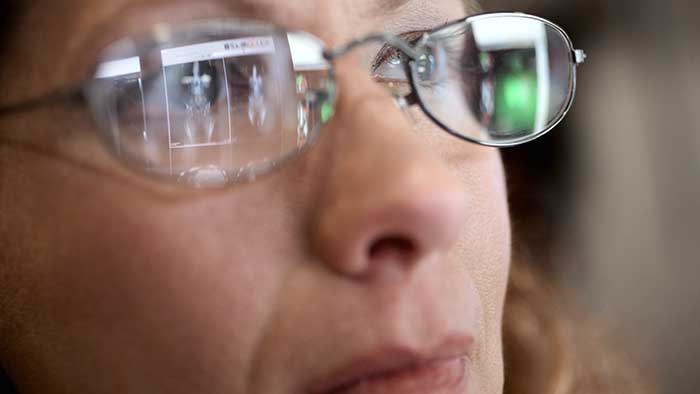Prior to the pandemic, caregivers in many practice areas were already experiencing the benefits of integrated informatics solutions. From improved workflow to enhanced clinical decision support, to patient follow-up, informatics can help enhance care quality, staff experience, and ultimately patient experience.
As healthcare organizations around the world are adapting to the impact of COVID-19, daily challenges due to urgent care needs and patient attitude are resulting in more complicated clinical workflows. Now, as CIOs look for new ways to streamline workflows and manage entire patient populations amid this crisis, these solutions are demonstrating value in new ways.
At Philips, patients are at the heart of everything that we do. Patient care is important throughout the entire care continuum, from hospital to home. In today’s healthcare environment, technologies that can support workflow and operations within the healthcare setting are crucial to the improvement of patient care. And now, with the impact of COVID-19, we’re relying on technology more than ever before to help streamline operations for hospital staff and manage patient care. Here are three areas when informatics can address near-term needs and bring about long-lasting improvements.
Embracing innovation to address operational shifts
As more healthcare systems expand their virtual care programs, the role of enterprise informatics is evolving, giving organizations the flexibility to pivot, and adopt new ways of working and managing their patients. For example, diagnostic departments are implementing teleradiology programs that allow radiologists to maintain social distancing protocols while reviewing patient’s images; as well as tele-health visits and Patient portal deployments. Using these technologies, care providers can continue to provide diagnosis in a timely manner, monitor disease progression, while reassuring patients remotely.
But as the curve continues to flatten in many parts of the world, healthcare providers are tasked with a resurgence in outpatient care. As patients return to hospitals for imaging and elective procedures, many leaders will be tasked with reopening and managing them under new protocols and ways of working. As part of determining this “new normal,” informatics is a key enabler in evolving organizational protocols and workflows, and ensuring that care teams are working together seamlessly.
Patient engagement is crucial, especially now
Patient engagement is always critical, but particularly at this time, emphasizing the need for an effective patient communication strategy. How do you directly communicate with patients to gauge their comfort level with coming in for an appointment, reassure them on their safety or share information about the urgency of their exam? Hospital can’t afford outdated communication systems anymore, placing excessive burdens on staff to manually screen and reschedule patients.
A patient engagement platform unifies and automates communications – especially around the often anxiety-ridden diagnosis process amplified by the current fear of potential infection – delivering operational efficiency while maximizing patient engagement, education, preference and loyalty.
Philips’ patient engagement technology uses multi-modal communications (SMS, email, voice and paper) to reach patients using the channels they prefer. COVID-19 screenings, message broadcasts, and timely education and instructions help to bring imaging centers back to their regular operations while allowing staff to focus on what’s most important—caring for patients.
Optimize workflow and care delivery through data integration
Another important element for health systems to keep in mind is the value of combining data from engagement platforms with analytics platforms. Today, the quantity, diversity and complexity of data is staggering. Once this data is integrated, it can provide clinicians with the insights needed to triage patients as they enter the hospital, determine which patient exams are more urgent and subsequently optimize scheduling.
For example, Philips PerformanceBridge provides real-time data analysis that allows for tactical “firefighting,” and supports management and patient-facing staff with dedicated applications to support clinical workflow. This type of technology provides an instantaneous view of rooms occupancy and equipment use across departments, allowing healthcare systems to dispatch patients, reduce bottleneck, streamline enterprise workflow, and control the spread of infection.
While the Quadruple Aim remains the focus, COVID-19 is changing how and when we achieve those goals by accelerating healthcare’s transition to digital care. Care delivery is evolving with it and as it does, enterprise informatics is essential in helping healthcare providers adopt new strategies for patient management and adjusting their own ways of working.



